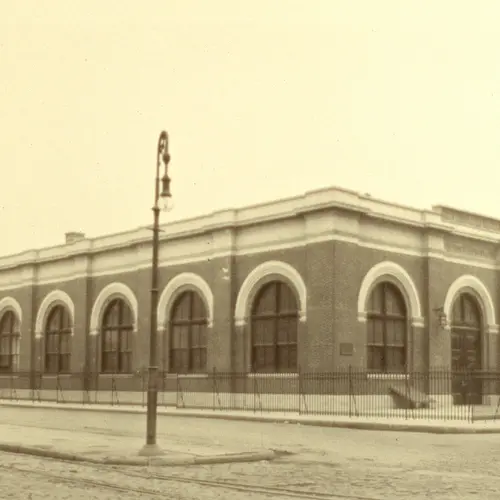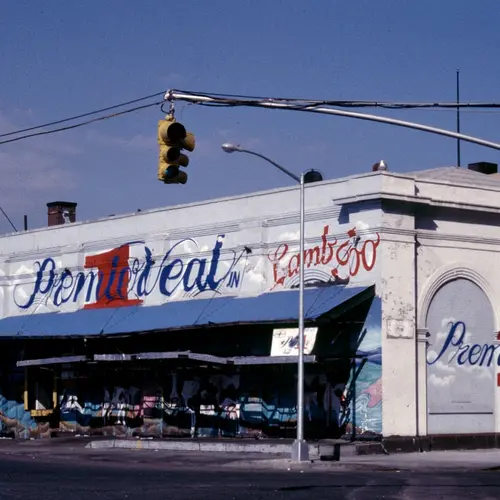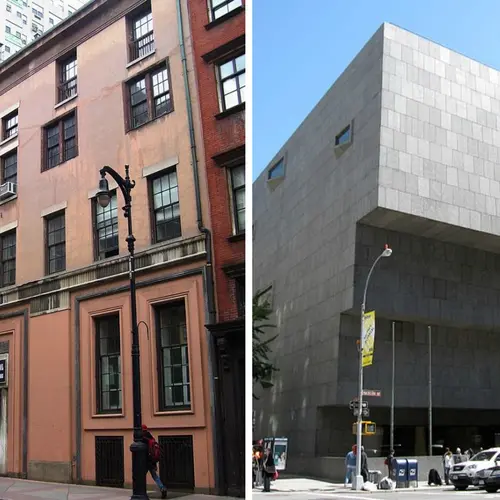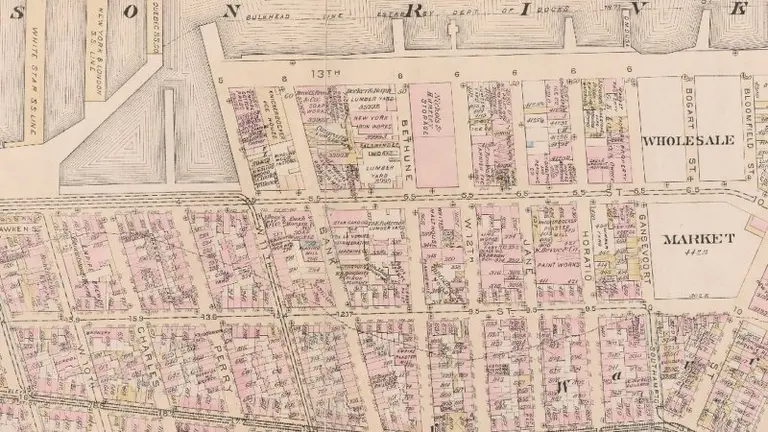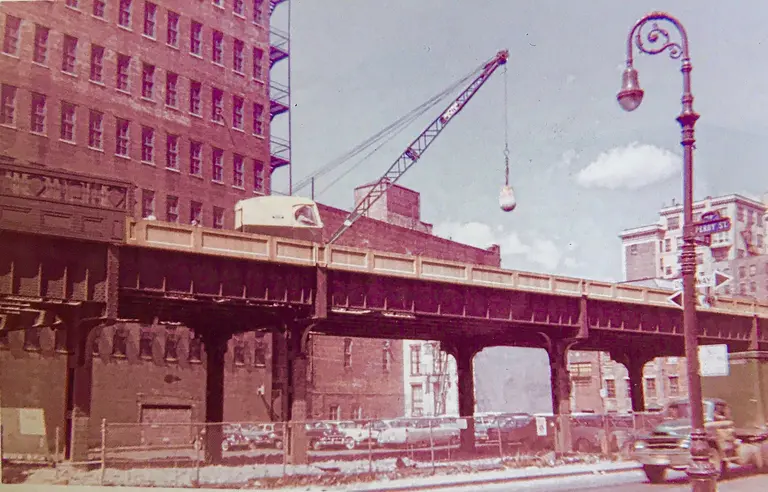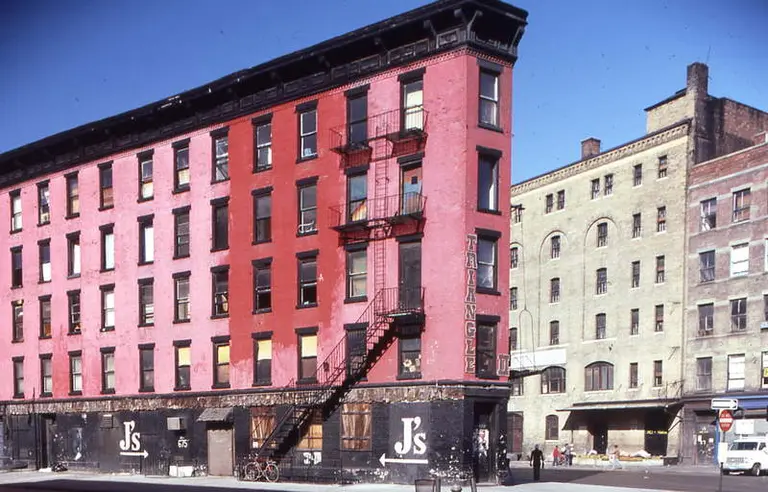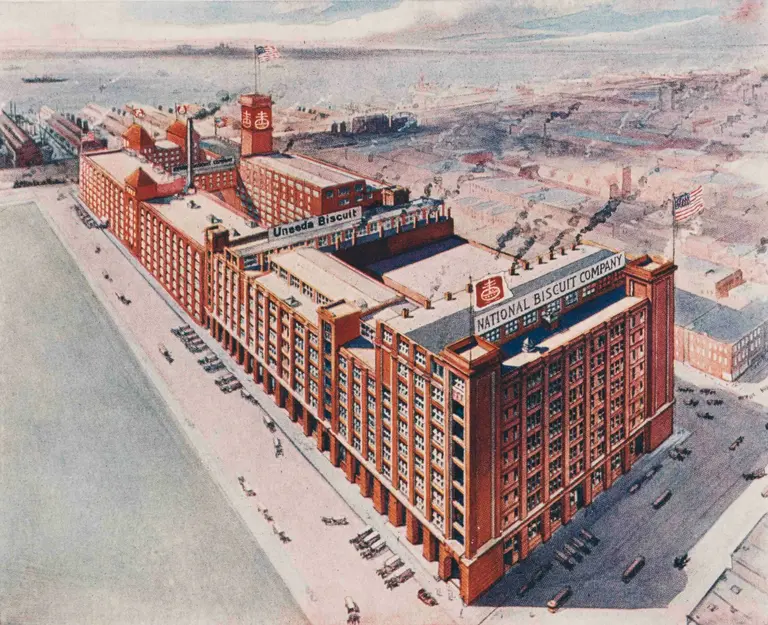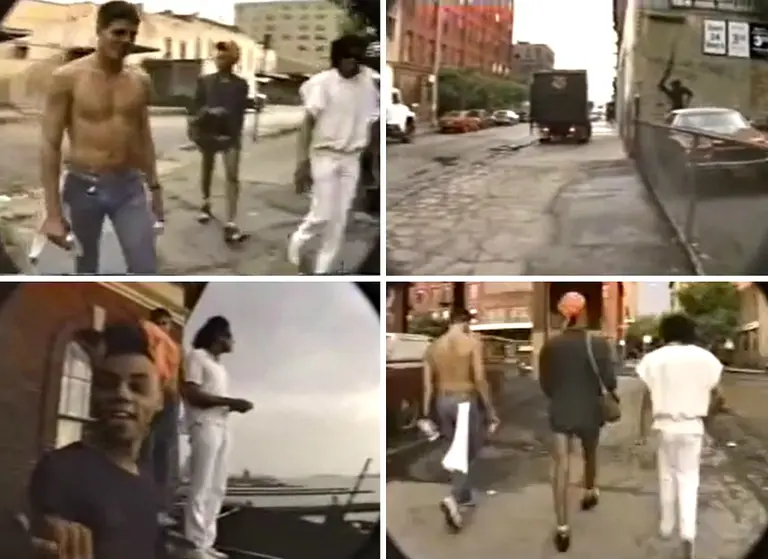Looking Back at the Gansevoort Pumping Station, the Building the New Whitney Museum Replaced
As we all await the opening of the new building of the Whitney Museum for American Art in May, it might be interesting to see what’s underneath it—or was.
There’s an old saying, “To create, you must first destroy,” and so long as it doesn’t specify how much of one and how good the other, the statement generally slips by without challenge. So it was with the Whitney’s new site along the High Line in the Meatpacking District. There wasn’t a lot that needed to be destroyed. There was, however, this little building, the Gansevoort Pumping Station, a small, classically inspired edifice with arches separated by pilasters. It was designed by Michael and Mitchell Bernstein, brothers who were widely known for turn of the twentieth-century tenements. Designed in 1906 and completed in 1908, it was built as a pumphouse for high-pressure fire service by the City of New York and later served as one of the area’s quintessential meat markets.
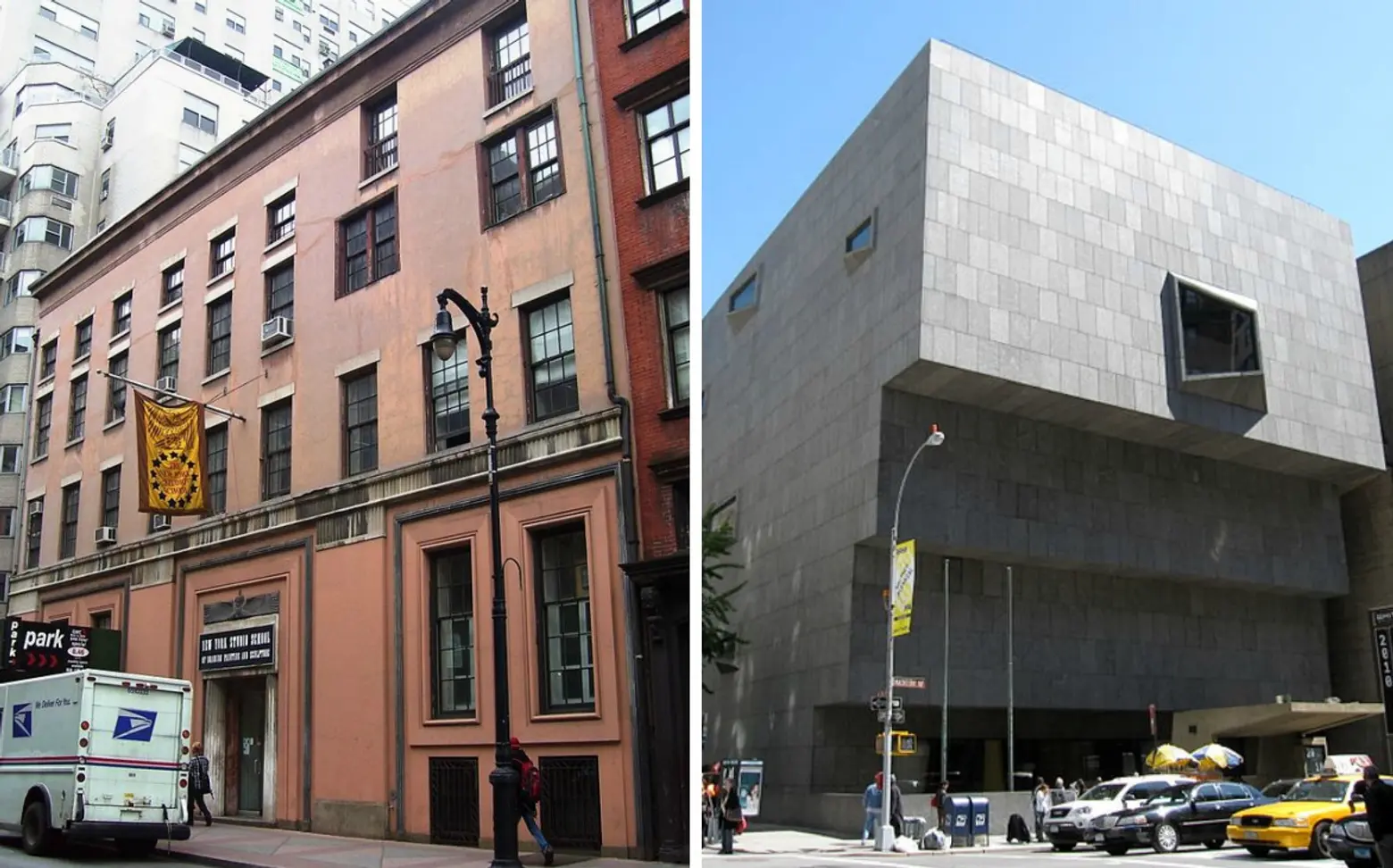
The Whitney’s 8th Street location, today the New York Studio School (L); The Marcel Breuer building (R) via Wiki Commons
For years the Whitney tried to expand. Originally opening in 1931 on 8th Street in Greenwich Village, it expanded first by moving to bigger digs on West 53rd Street in 1955 and then to Madison and East 75th Street in its own building, a Brutalist landmark by Marcel Breuer, in 1966. In 1985 it tried expanding that building up and out. No dice. The community felt it was too intrusive. Twenty years later the museum’s directors tried once more with a different architect, but again the space on the site was too tight.
Finding a site big enough to accommodate existing and anticipated needs was no easy task in Manhattan, famous for small lots and expensive land. But about six or seven years ago a site became available downtown at the foot of the High Line, just then becoming “the place to be.” The city owned the land and the buildings on it, but the meat packers who leased the buildings were gradually moving to Hunts Point, so the city offered the plot for about half its appraised value, and the Whitney said yes.
Since 1842, the Croton Aqueduct had supplied water to the city, but the water-distribution system could not keep up with the growth of the city both horizontally and vertically. The fire department supplemented the Croton supply with water from the river; but even so, pressure was insufficient to reach the six-story tenements Bernstein & Bernstein was building, and it became clear that high-pressure water delivery for firefighting was imperative.
Between 1903 and 1908 construction of four new stations took place, two in Brooklyn and two in Manhattan. In response to alarms, these stations would increase the water pressure threefold or more from the static 45 pounds per square inch and send it through high-pressure mains to fire hydrants, where the trucks would tap into it. The Gansevoort Station had five pumps, each of which could deliver 2,700 gallons per minute, and it was the station used to combat the flames at the notorious Triangle Shirtwaist Factory fire.
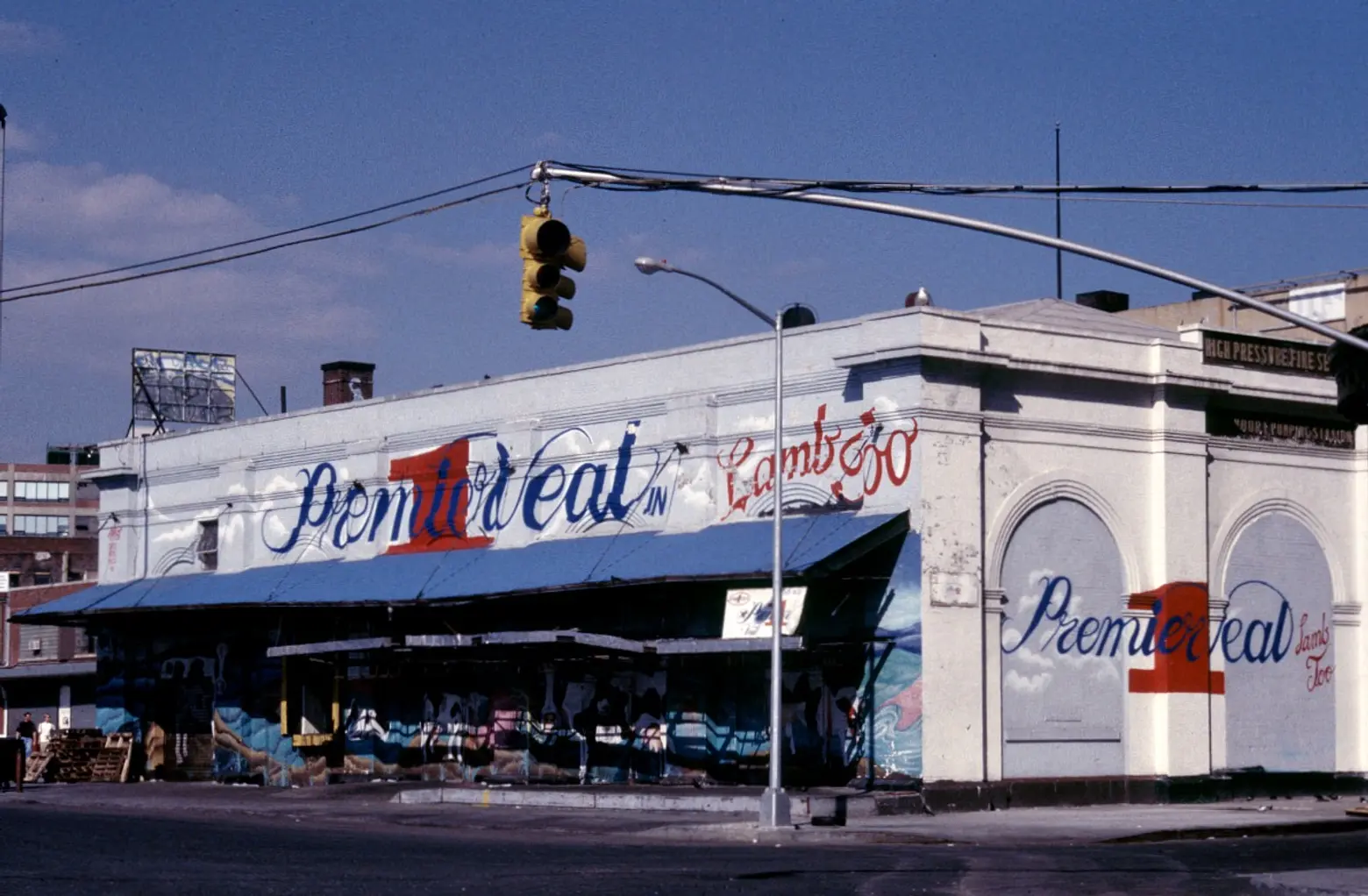
The building as Premier Veal. You can still see the pumping station entryway to the far right. Via 6sqft
By 1953 enough pumper trucks were in service that high-pressure stations became obsolete, and this building was converted in 1959 to a cold-storage warehouse for meats, becoming part of the city-owned Gansevoort Market Meat Center. Premier Veal moved into the building in 1984.
In 1999 the Save Gansevoort Market Task Force, a subsidiary function of the Greenwich Village Society for Historic Preservation, prepared a presentation intended to rally support for landmark designation of the district. It was shown to community groups and also to Ronda Wist, then executive director of the Landmarks Preservation Commission. She looked at the two slides, paused, and then said something like, “You know, designation wouldn’t mean you’d get the original appearance of the building back. This painted version would be grandfathered, and protected.”
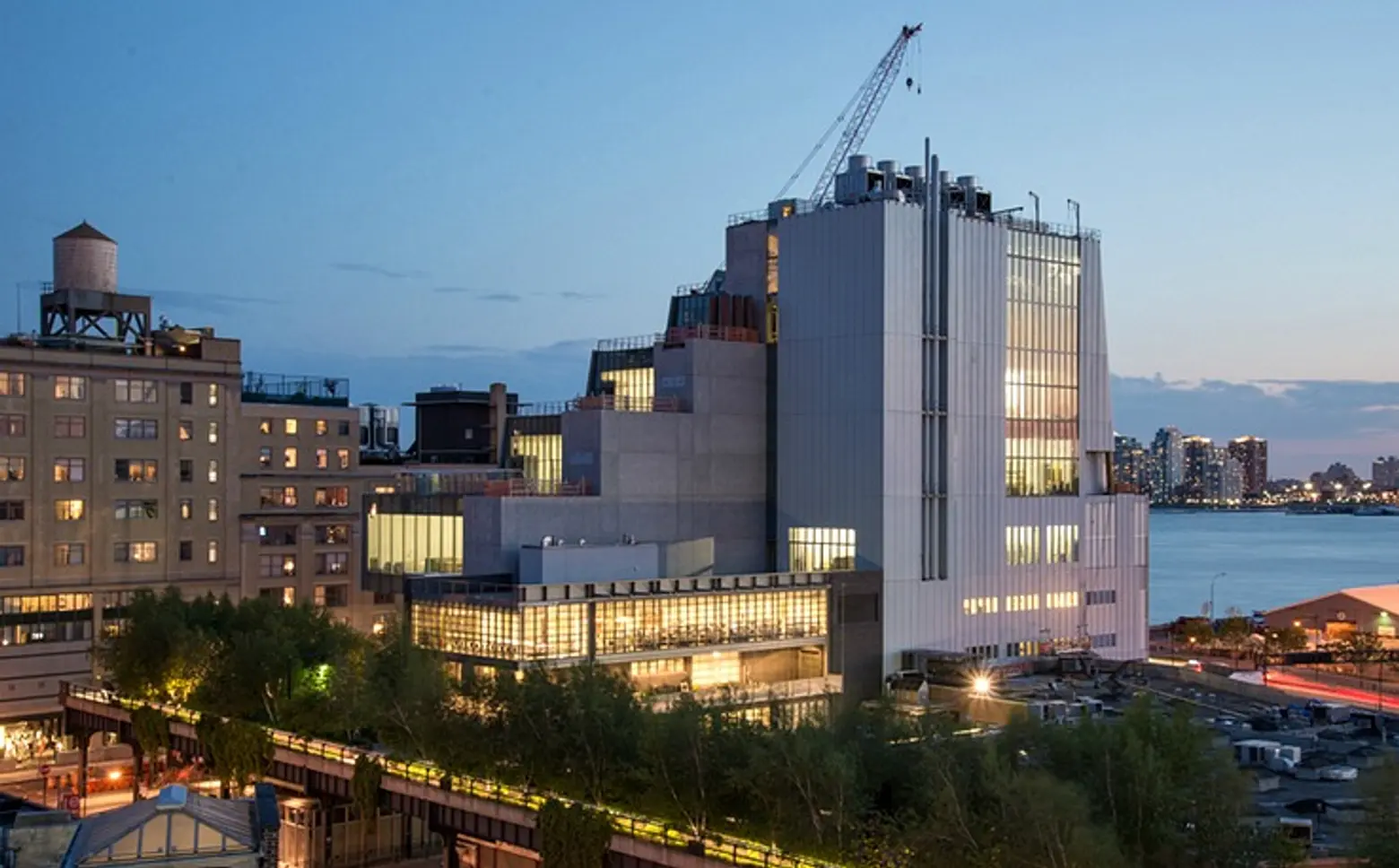
The new Whitney, set to open on May 1, via Timothy Schenck
A few years later, the area was designated as the Gansevoort Market Historic District and the vividly painted former pumphouse was part of it. So when the Whitney decided on this site, the little building had to go. It was destroyed to create Renzo Piano’s new museum building; and in this case, all things considered, it was a fair tradeoff.
RELATED:
